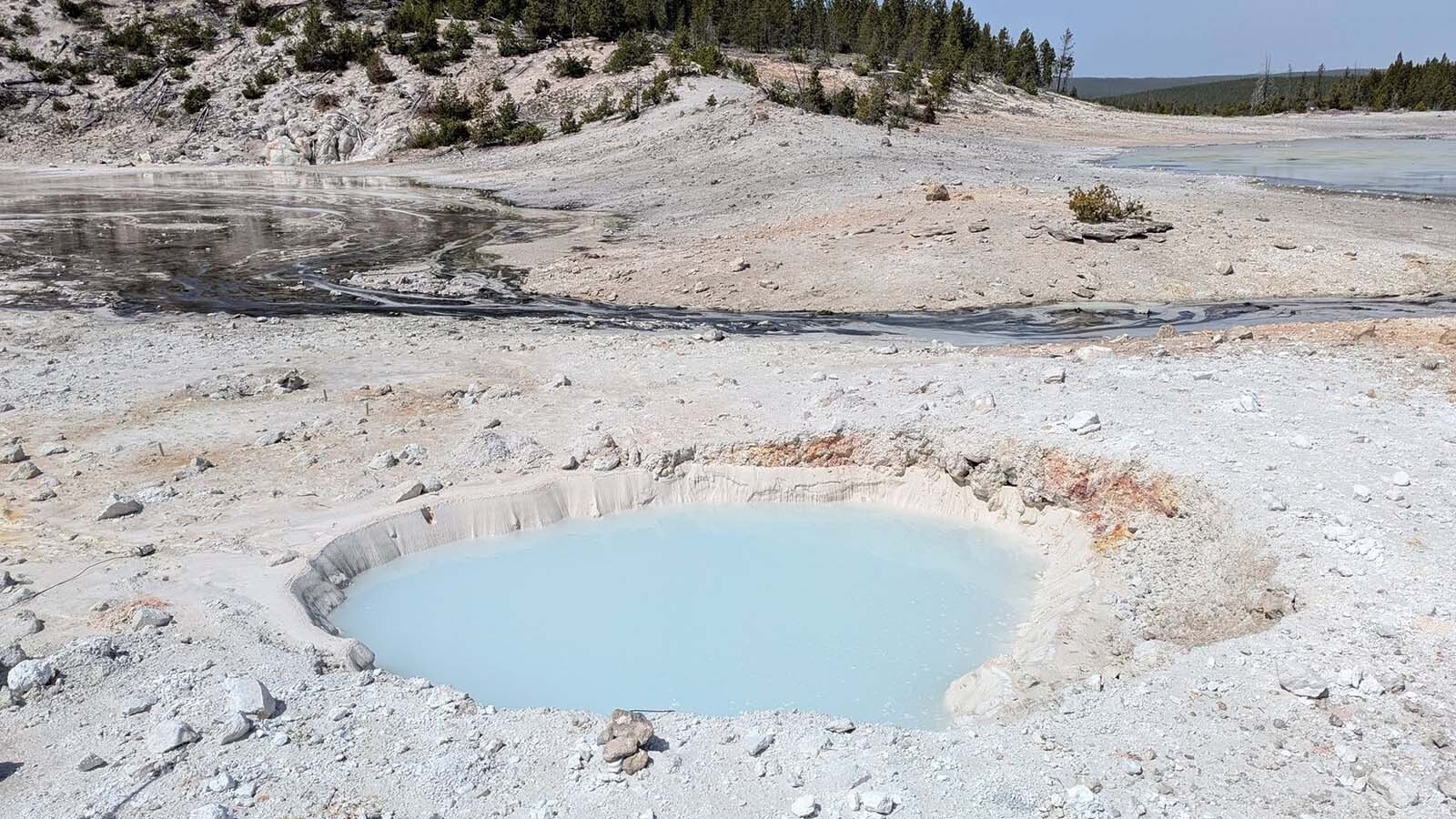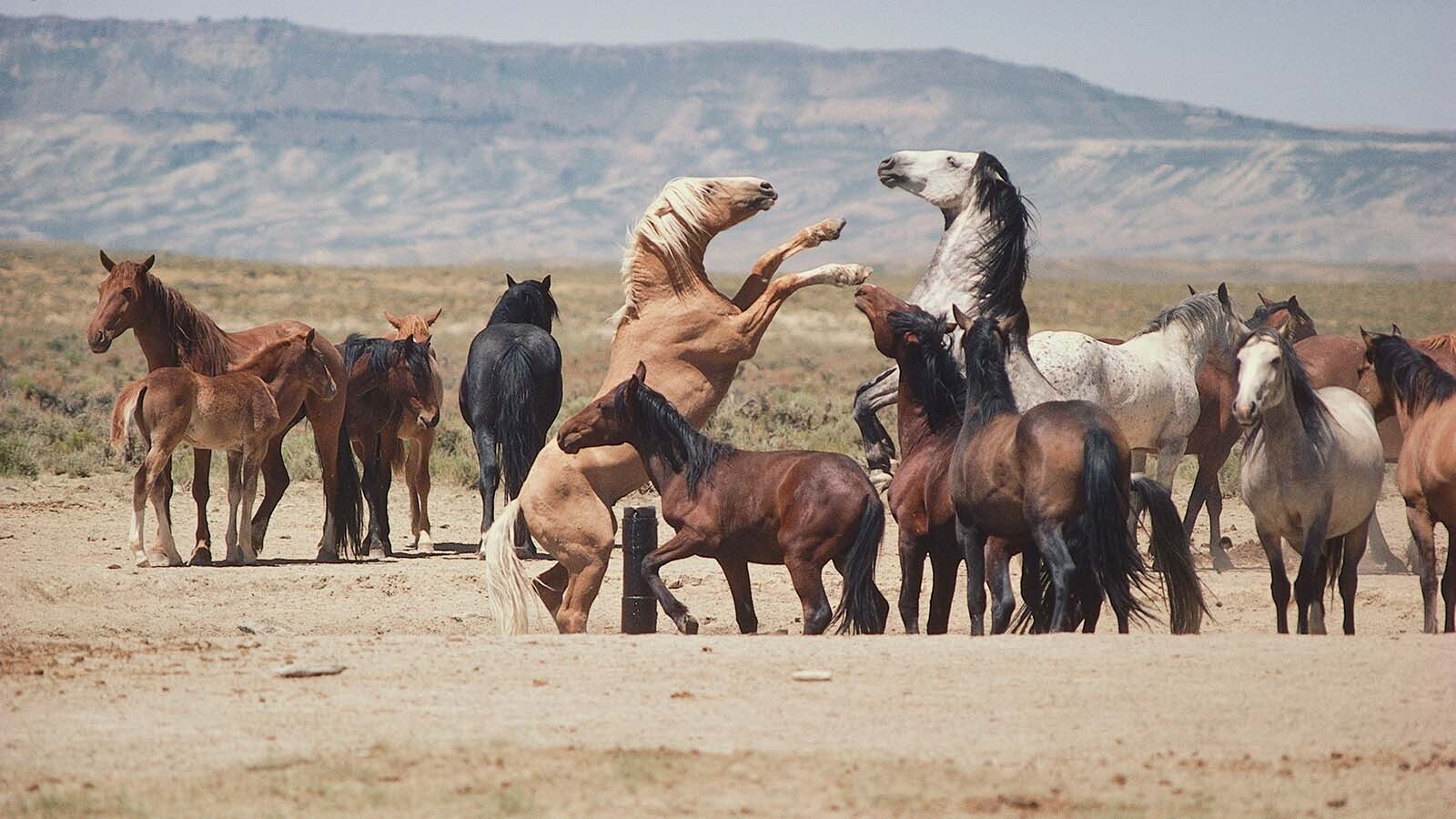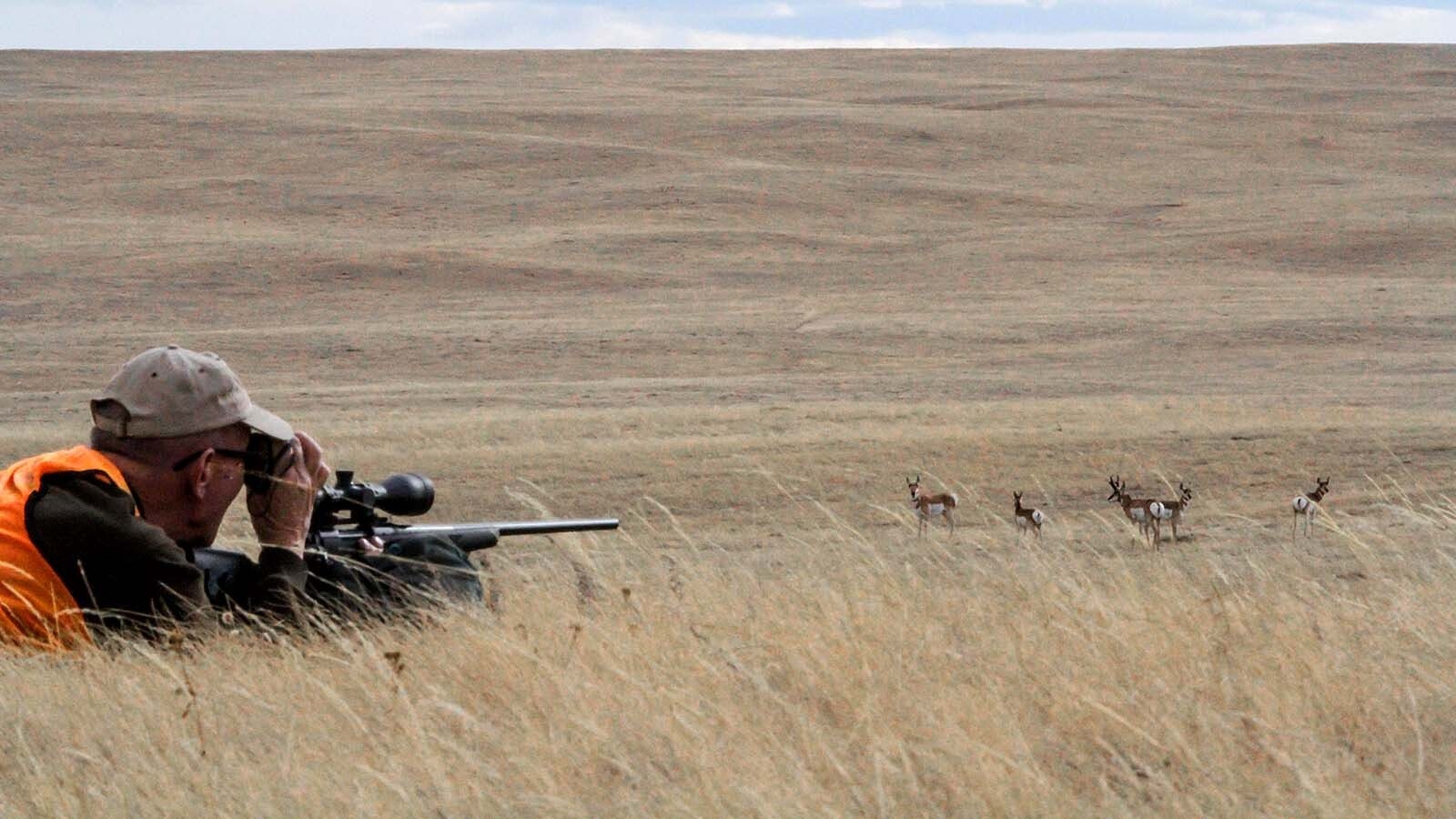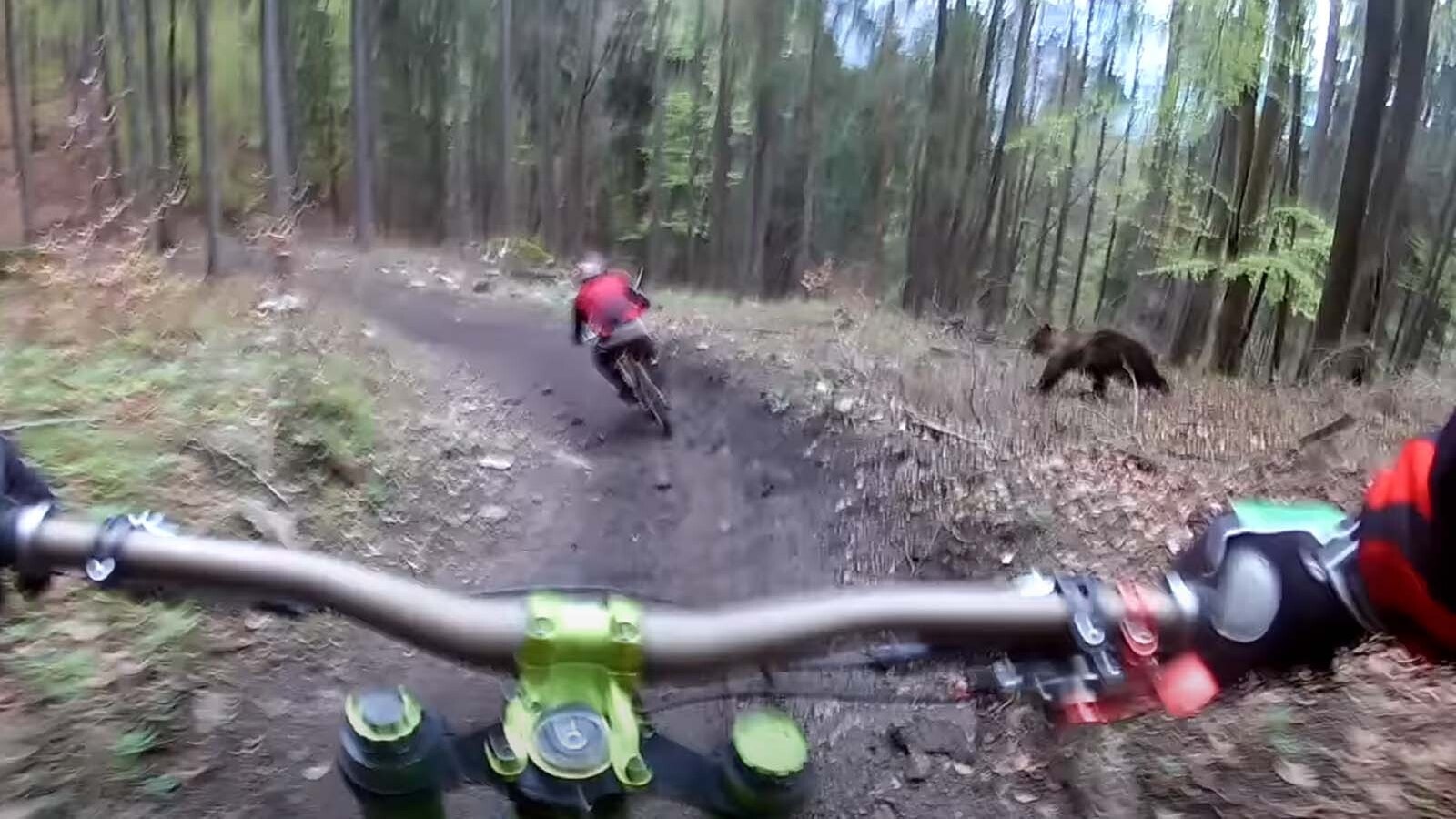Keeping the East Gate to Yellowstone National Park open during the peak of tourist season is a top priority for crews fighting the Clearwater fire, which is burning in a remote part of Park County near the and about 11 miles from Wapiti, Wyoming.
As of Monday afternoon, nearly 2,000 acres have burned in rugged, inaccessible terrain, and the fire is at 7% containment.
The fire started July 19 with a lightning strike and grew quickly, mainly as it burned very old timber on steep slopes, which make it difficult to fight. So far, 110 personnel, mostly ground crews, are on the front lines fighting the blaze with fire lines and installing sprinklers around structures. Helicopters have also been deployed to drop water at strategic points.
Ranae Pape, spokeswoman for the agencies fighting the fire, told Cowboy State Daily that the priority is always the safety of the public and firefighters.
“We've had a little bit of a run on July 29,” Pape said. “The fire grew about 800 acres at night and was stopped there at the highway. One of our priorities on this fire is keeping that corridor open for recreationalists of businesses and traffic. So far, we've had no structure loss, no injuries on this fire.”
Why No Retardant On The Clearwater Fire
A question that is on the minds of many locals is why no retardant or slurry bombers have been deployed.
Excitement had grown when a slurry bomber was spotted at the Yellowstone Airport, but it was on its way to a different fire and was not there to battle the blaze in the Shoshone National Forest. It was gone by Monday morning.
“Retardant planes can be very effective in lighter fuels, such as grass and shrubs,” Pape said. “They are not very effective in timber fuel types like we have here. Retardant does not reach the ground and timber where most of the fire is backing through.”
Since this particular fire area is very difficult to get firefighters on the ground safely, crews are concentrating their efforts on building a fire line. They are protecting any area structures by installing sprinklers around homes and ranches.
Ground crews are also burning out fuel to stop the fire where it is feasible such as along Highway 14 and in the Elk Fork Drainage.
Helicopters have also been deployed to drop water in support of these burnouts or where fire line has been constructed. Pape points out that the water often penetrates through timber canopy better than retardant.
“It's just like if you put a sprinkler over the top of your tree,” Pape said. “The water is just going to touch the top of the tree, and all the grass underneath isn't going to get the water and the moisture that is needed.
“I understand folks wanting to see slurry bombers, but it's just not as effective in this country with spotting embers that can travel far distances.”
Main Goal Is To Suppress The Fire
Fire crews in engines are working on the ground and then a small crew is manning helicopters, she said. The fire is monitored constantly to keep civilians and firefighters safe.
“Some torching is happening,” Pape said, describing the danger to the firefighters. “We've got to get the ground fires taken care of. Then we need to get down to mineral soil on those fire lines to prevent the fire from spreading, especially to prevent it from getting over that highway corridor. We don't want that to happen.”
She also explained that helicopters helping the battle range in size from the largest and smallest firefighting choppers available. The smallest, although unable to hold as much water in its bucket, is actually the most effective on the Clearwater fire.
“The type 1 helicopters are the largest, fastest and most expensive helicopters used in wildland fires. They can typically carry 700 gallons of water in their bucket,” Pape said. “The type 3 is the smallest of firefighting helicopters. They are capable of carrying four to five firefighters and use a 180-gallon bucket water bucket.”
The small size of the type 3 helicopters make them faster so they can get in and out quickly.
“That's great to utilize those in this terrain because it's really rough,” Pape said. “It's very hard country to get firefighters directly in for direct attack on some hotspots. The type 3 helicopters can drop that water almost pinpointing on super hotspots, which is critical because the safety of our firefighters is such a priority.”
This is especially important because if a firefighter is injured, it could be up to a four-or-five hour process to get them out of the Clearwater fire.
Pape said that as they battle the Clearwater fire, the main focus will remain public and firefighter safety.
Contact Jackie Dorothy at jackie@cowboystatedaily.com
Jackie Dorothy can be reached at jackie@cowboystatedaily.com.










